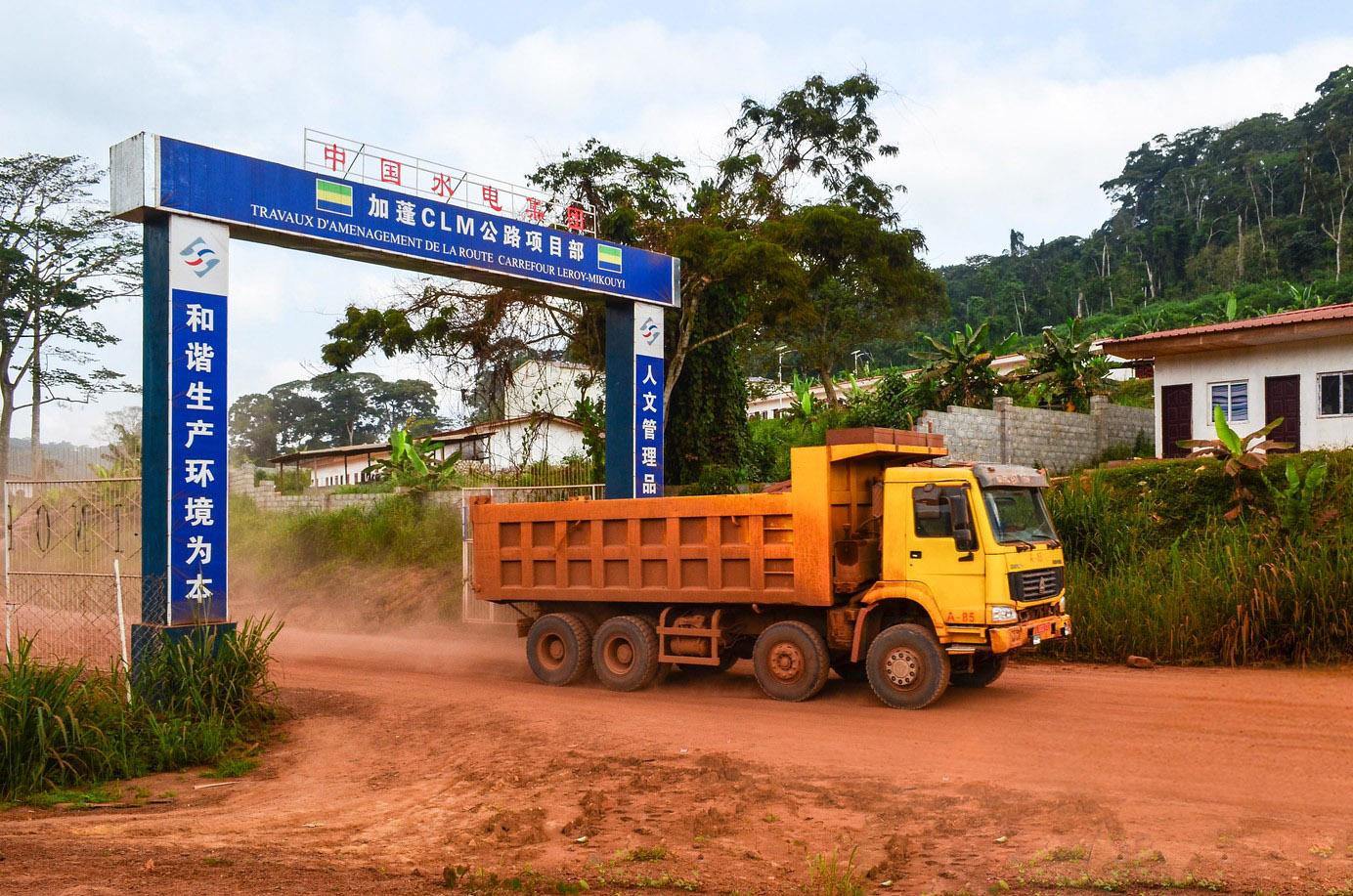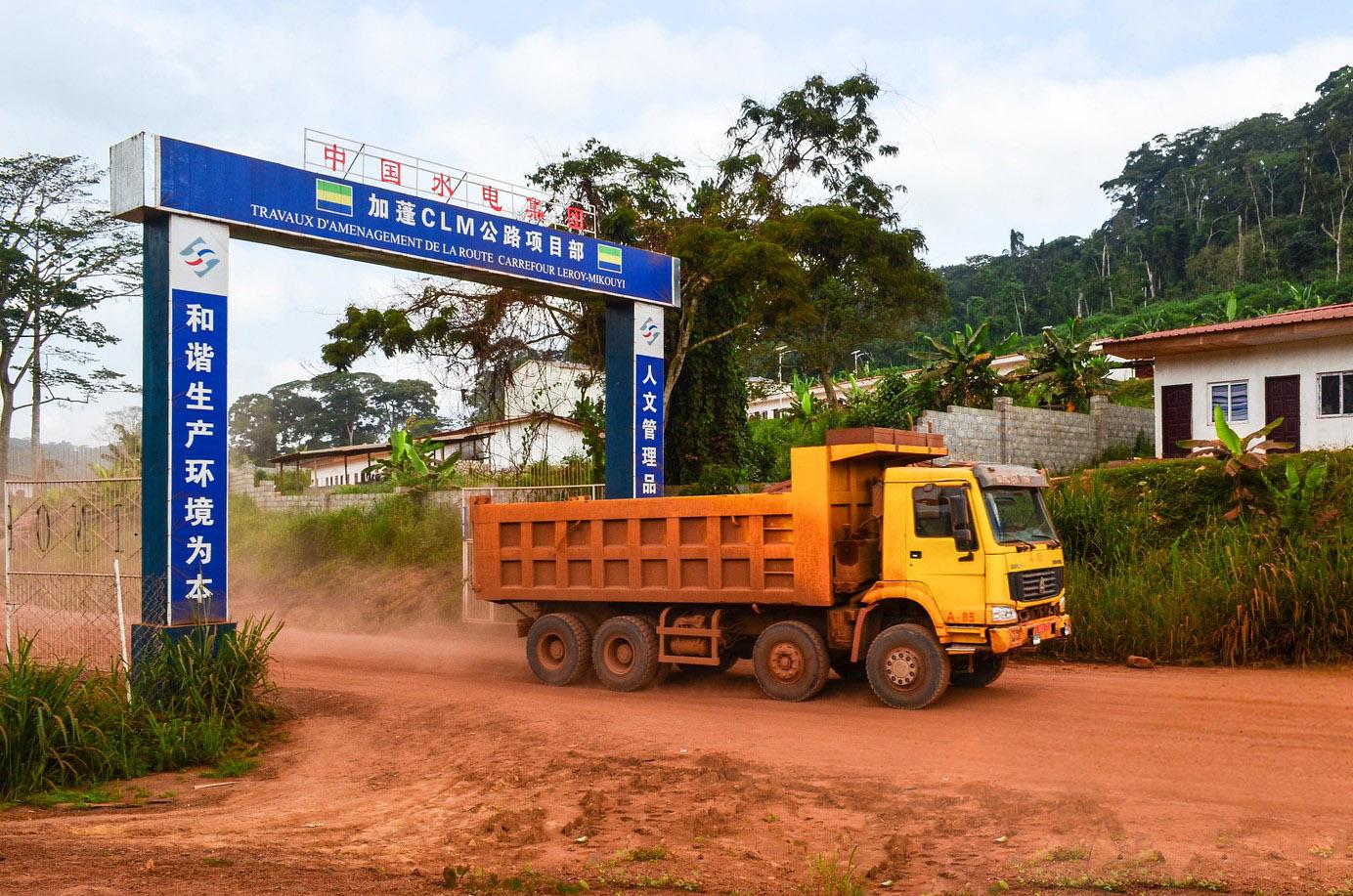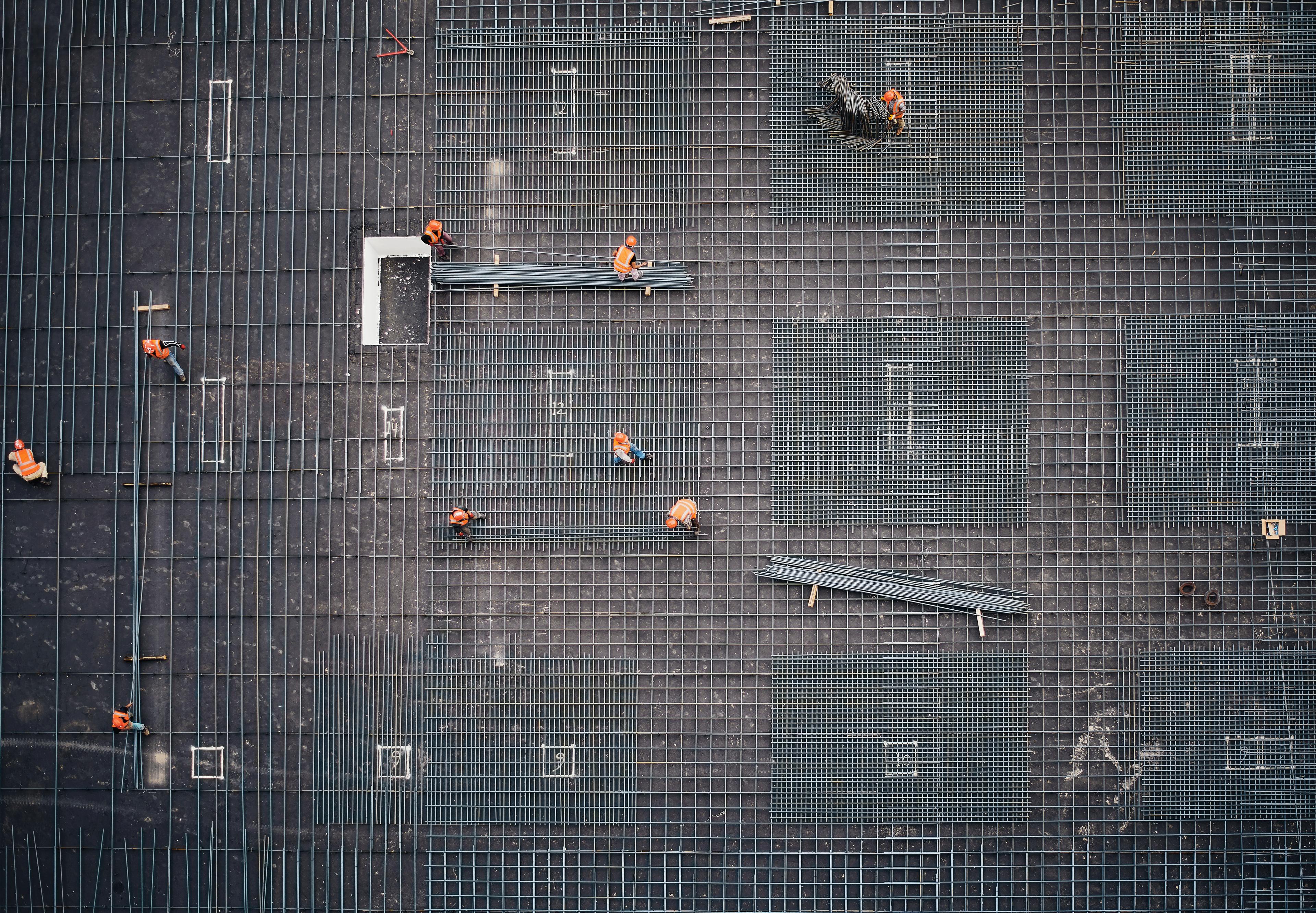Blog
Anti-corruption is not a zero-sum game between China and ‘the West’

In summer 2020, Foreign Affairs published an article by a group of former US diplomats including Philip Zelikow accusing China of having transformed corruption into an instrument of national grand strategy. Their contention of China’s “weaponized corruption” or “strategic corruption” has quickly taken root in the US foreign policy discourse, occasionally spreading to Europe as well. The Biden administration has been quick to pick up this line and link anti-corruption efforts, redefined as a US national security interest, with its fight against authoritarian systems like China – whom it accuses of using corruption as a weapon to undermine democracies. In that, however, the US should be careful not to make anti-corruption into merely another containment measure to limit China’s influence in the Global South.
While any serious concern for anti-corruption should be welcomed, this new stance risks shackling attempts to address transnational corruption, which remains a global scourge even after decades of anti-corruption efforts championed by international institutions. The strategic use of corruption in pursuit of geostrategic interests is by no means a new phenomenon; and it was certainly not invented by China. Governments have used or condoned “strategic corruption” throughout history regardless of their political systems. As Susan Chayes points out, ‘the nineteenth and twentieth centuries are littered with examples of colonial and postcolonial powers deliberately corrupting the leaders of lands they sought to dominate’. Moreover, many OECD members are failing to act against the structures enabling kleptocratic behaviour and transnational money laundering, as witnessed by the fact that multinationals from OECD countries like Airbus, Odebrecht, or Rolls Royce have been caught in bribery schemes. Therefore, given that many OECD countries themselves are still exporting corruption, the framing of “strategic” and “weaponized corruption” with regard to China is ultimately self-defeating – and unnecessary.
Sharing the burden
In a new U4 Issue on the prospects for engaging with Chinese actors abroad, we argue that engaging China on anti-corruption is possible, if transnational corruption is addressed not as “a China problem” but as a problem we all have in common.
Zelikow et al’s comments on corruption in China’s Belt and Road Initiative (BRI) certainly hit a point. However, their image of corruption orchestrated by the Chinese state is too simplistic. First, it fails to acknowledge the reality that the sheer size of BRI investment bears a high degree of complexity whose ‘governance gaps’ are exploited by Chinese and local actors alike. Second, they also ignore the growing awareness within China that corruption undermines the reputation of Chinese development finance and poses a risk to the BRI. Investment guidelines of the Chinese Ministry of Commerce, for example, routinely admonish Chinese actors not to engage in corruption, while the Measures for the Supervision and Administration of the China Development Bank explicitly link environmental damage (which is often the result of corruption in infrastructure deals) to reputational risks. This should remind us that states are not monolithic actors – not even China. Vested interests in rent-seeking opportunities may be huge, in particular in Chinese state-owned enterprises. Still, there are actors in China who genuinely consider corruption to be destructive, often for similar economic efficiency reasons as their counterparts in the West. Such actors include government agencies in charge of commercial diplomacy and risk management.
Focus on common interests
Joint global anti-corruption efforts should focus on areas where there are common interests in reducing opportunities for corruption. Where corruption is really used for geostrategic ends, cooperation may be elusive. But a much more common phenomenon, which plagues developing countries in particular, is collusion between local officials and multinational companies to generate personal kickbacks and rents. These are usually facilitated not by geostrategic design but by a lack of transparency and accountability, inadequate public procurement standards, and the continued availability of money laundering schemes via anonymous companies in offshore finance centres. Note how familiar these drivers of corruption are to all countries, not just China.
Engagement on tackling these problems is possible. But it requires trust – and trust-building is essential, particularly now when the level of trust between China and ‘the West’ is at a historical low. The choice of language matters. To maximise opportunities for engagement without compromising on fundamental values and convictions, we suggest an emphasis on strengthening the integrity of (national and transnational) governance systems. We further argue that the best place to start is in the field of environmental governance, where policy agendas overlap most.
Environment and climate change are also focal points in China’s quest for international status: Chinese policymakers have identified global efforts against climate change and environmental degradation as central areas where China can establish itself as a ‘responsible power’. As local protests against poorly governed Chinese overseas investment projects have thwarted many Belt and Road projects, the central government has explicitly recognised the need to better monitor overseas projects as part of its risk management strategy. Environmental governance is also the field with the highest diversity of Chinese actors operating transnationally. They include non-state actors like NGOs, industry associations, social enterprises, think tanks, and university institutes, which work on improving the ‘sustainable development’ conduct of Chinese companies abroad.
Pathways to strengthening cooperation
Our report identifies three pathways for strengthening cooperation on integrity issues and outlines entry points and processes that allow donors to combine their leverage with dialogue and trust-building efforts.
Pathway 1 introduces integrity-building elements into existing and future trilateral cooperation formats. Chinese contractors can improve their sustainability performance if they better understand international standards, and there is a general willingness among Chinese stakeholders to engage with international partners on this issue.
Pathway 2 calls for building integrity along transnational supply chains. In many sectors where corruption has allowed environmentally and socially harmful practices to continue, Chinese companies act as intermediaries, but many products end up on European markets (eg timber products) or are processed by European downstream companies (eg cobalt and other raw materials in the IT industry). This means that Europeans and Chinese share responsibility for better governance.
Finally, pathway 3 builds on instances of public mobilisation and environmental litigation in the countries that host corruption-prone projects. Starting from concrete projects that have encountered avoidable difficulties will make it easier to convey conviction that higher governance standards, including anti-corruption and environmental integrity safeguards, will improve the quality and sustainability of development projects in the interests of investors and local communities alike.
The U4 Issue demonstrates that pathways to cooperation exist. However, as long as anti-corruption is viewed as a zero-sum game in great power rivalry, it is unlikely that the root causes of corruption and kleptocracy can be addressed. Corruption must be addressed systemically, not geo-strategically: as a problem due to issues inherent in the overall system, and not a problem caused by an isolated factor or country. This requires a combination of leading by example and genuine multilateral engagement, including with complicated partners such as China.
Disclaimer
All views in this text are the author(s)’, and may differ from the U4 partner agencies’ policies.
This work is licenced under a Creative Commons Attribution-NonCommercial-NoDerivatives 4.0 International licence (CC BY-NC-ND 4.0)


